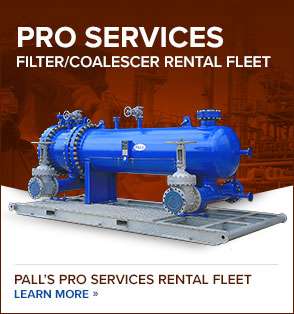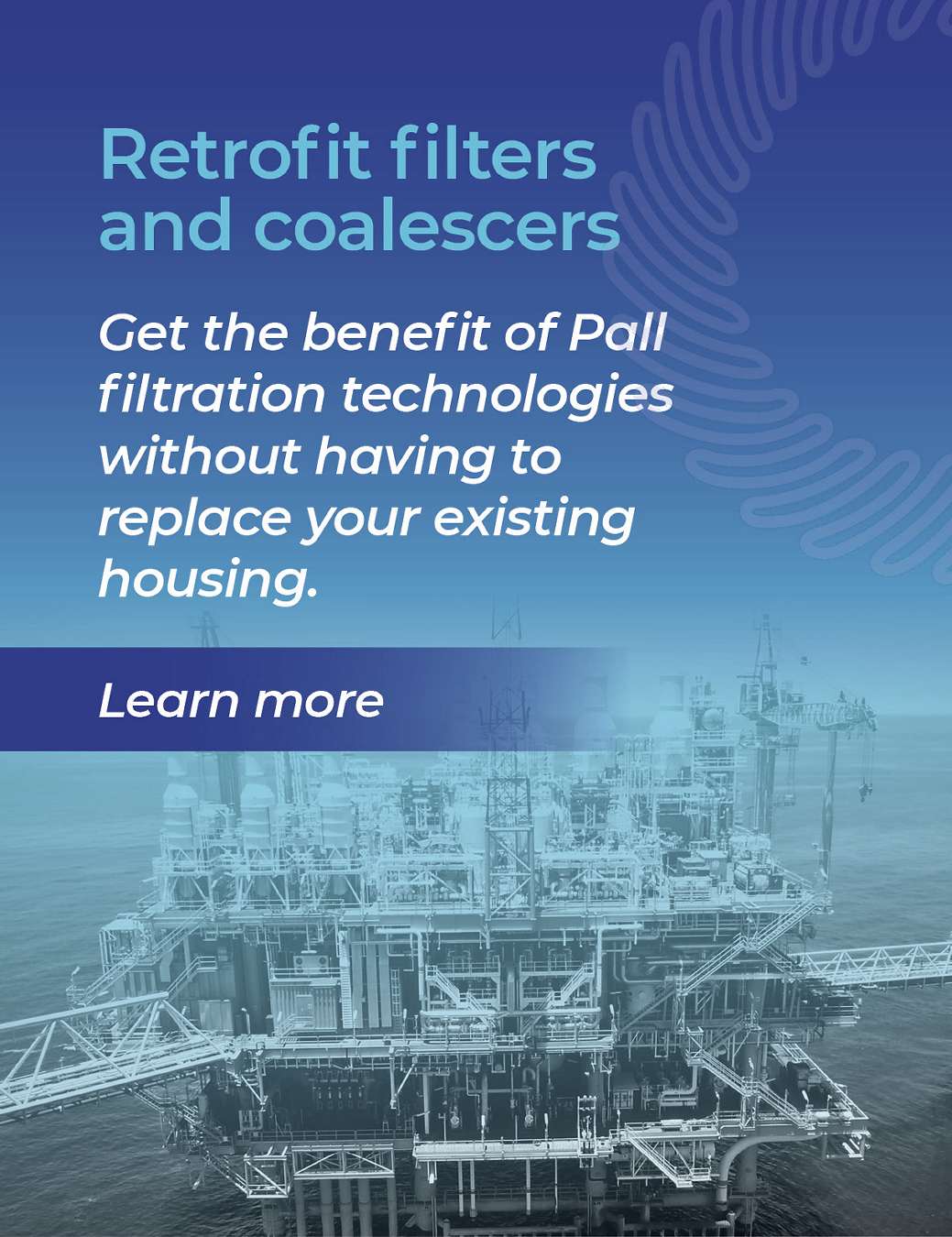Condensate Pipeline Dewatering
Hydrocarbon Condensate Transportation Using Pipeline Condensate
Natural gas production often also produces large volumes of hydrocarbon condensate liquids that may be transported tens or even hundreds of kilometers, for delivery or treatment: for example, from remote offshore platforms or FPSOs to processing onshore. When carbon steel pipelines are used and the condensate contains significant volumes of free water or brine and may also be sour due to H₂S/CO₂, corrosion often results, leading to shortened pipeline life and significant fouling of onshore facilities. Monoethylene glycol (MEG) may also be entrained if used for hydrate suppression at the well.
Multistage Process for Water and MEG Removal from Condensate Pipeline
Water and MEG removal from condensate is a multistage process. First a primary water separator followed by liquid/ liquid coalescers are used for free water and MEG removal. Additional removal of dissolved water can be accomplished by a dissolved water stripper column. If natural gas is also being transported in the same pipeline, the gas may be glycol dehydrated then mixed with the condensate to ensure a dry flow that minimizes pipeline corrosion.
Minimizing Corrosion and MEG Losses in Condensate Pipelines
- Achieve consistent water/MEG removal from hydrocarbon condensate
- Use carbon steel pipe while minimizing corrosion risk
- Minimize energy and opex costs on the dissolved water stripper by reducing free water load and fouling
- Achieve downstream opex control and freedom from upsets by minimizing fouling of gas treatment and/or condensate processes from rust and black powder
- Minimize MEG losses, through effective recovery, distillation and reuse
Production Challenge/Pall Solution
Challenge | Solution |
|---|---|
Minimize corrosion of carbon steel piping due to the presence of free water in the hydrocarbon condensate
Minimize MEG losses in the condensate
Minimize stripper operating costs | Reduce capex and corrosion operating costs by effectively removing water contamination from carbon steel pipelines, negating the need for expensive internally coated pipe.
Maximize MEG recovery from the condensate with reliable removal.
Enhance stripper operation by protection from free liquids and solids.
Optimize downstream gas plant, stabilizer and/or fractionator performance and minimize opex by effectively controlling ingression of pipeline corrosion products.
|
Condensate Pipeline Water/MEG Removal Process Flow Diagram:
¹Gas dehydration processes will be optimized with the addition of SepraSol™ Plus Liquid/Gas coalescers on the gas inlet and outlet, and Ultipleat® High Flow/Marksman™/Coreless filters on the recirculating glycol. See Glycol Dehydration, brochure FCOGGLYDENa for additional information.
Key Application/Filter Recommendations for Condensate Pipelines(other applications not shown)
Application
1.
Prefilters for liquid/liquid coalescer protection
Pall Product
Ultipleat High Flow, Marksman filters, or Profile® Coreless filters to remove incoming solids
Customer Benefits
- Low operating costs
- Freedom from fouling-related stripper shutdowns
2.
Free water/MEG removal from condensate
AquaSep EL coalescers for water/ MEG removal on high solids condensates
AquaSep XS coalescers for water/ MEG removal on low solids condensates
- Low pipeline capex
- Improved pipeline opex due to better protection and service life
- Reduced stripper energy costs
- Optimized MEG recovery and reuse
- Controlled downstream plant opex and freedom from upsets due to slugs of pipeline corrosion products
For more information on improving the efficiency of your processes, contact our team of filtration experts.
-
Condensate Pipeline Dewatering
Download:
Our Products
Leading the Industry with product solutions that fit your customers needs.
Let’s find the right solution, together.
Let’s connect. We want to share our innovative filtration solutions with you today. Contact our knowledgeable subject matter experts for information on how we can help. Thank you and we look forward to assisting you shortly.






